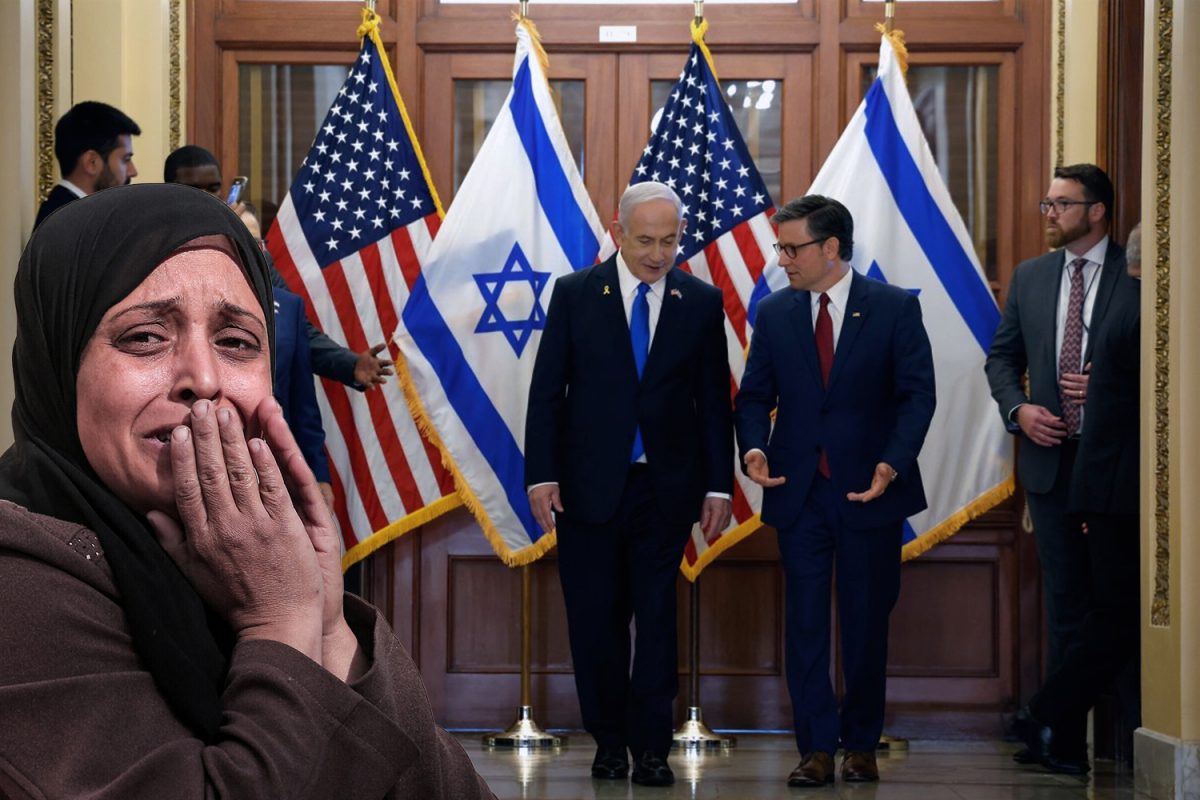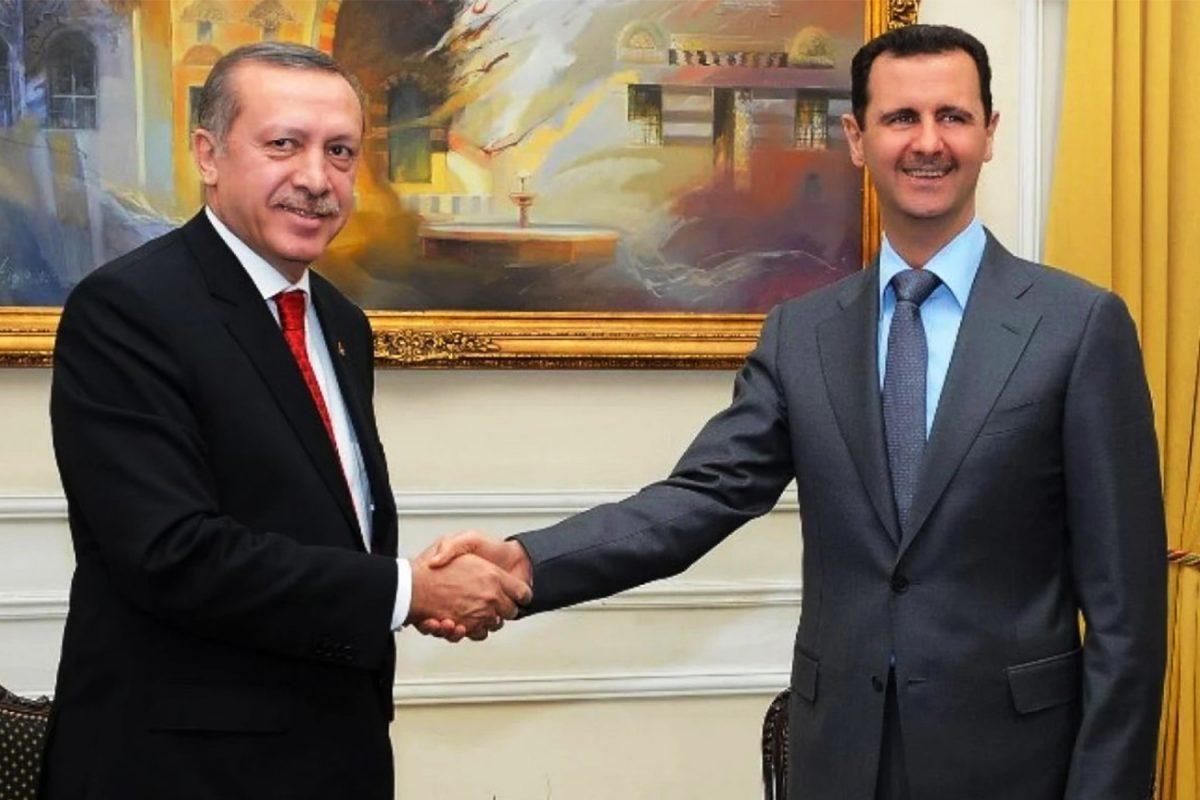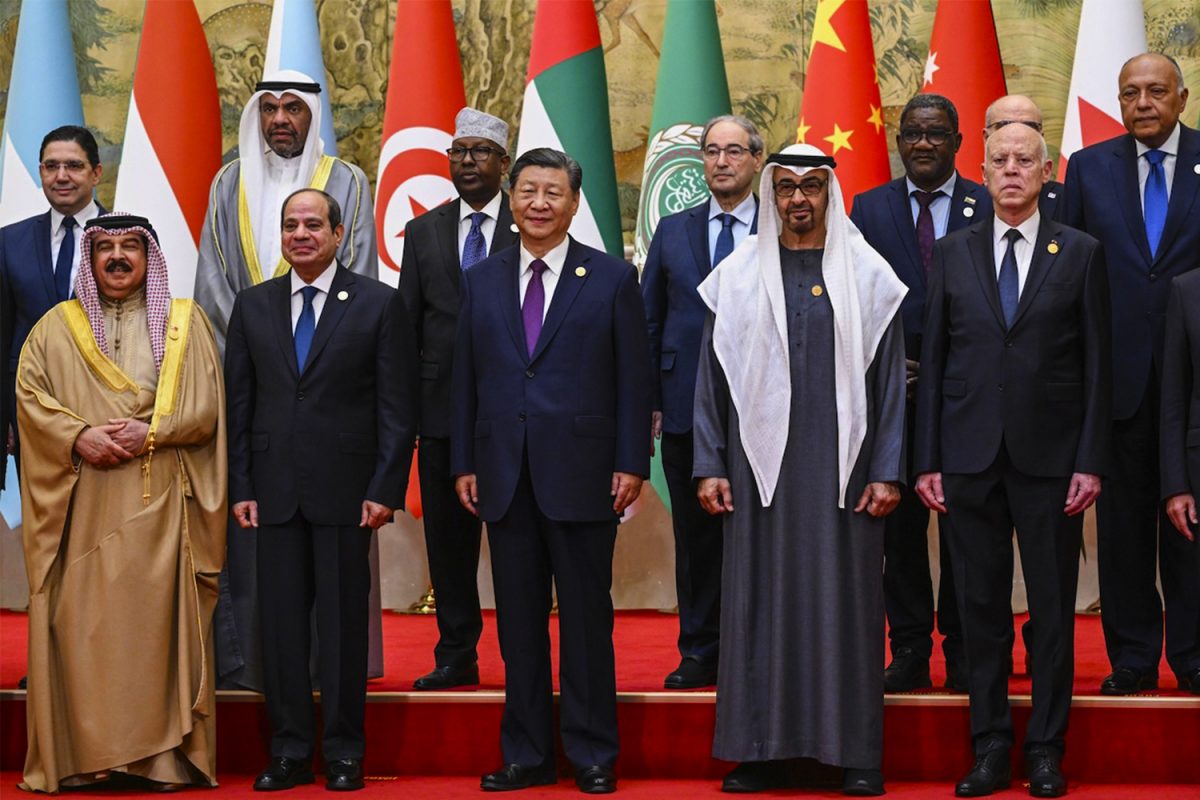Just five years ago Bashar al-Assad proclaimed on TV that his forces could no longer regain the north of Syria. After 4 years of the uprising, major defections from his armed forces were crippling the regime’s ability to regain much of the country. But today, nearly a decade on from when the uprising began the picture could not be more different. The regime has survived by destroying the country and the grinding years of revolution have seen millions dispossessed. The early years of the people of Syria being on the cusp of regime change is now a distant memory as the country is in tatters.
As the uprisings began in North Africa and quickly spread to the Middle East, the people of Syria similarly took to the streets to demand the downfall of the regime. The Ba’athist regime wanted to ensure it was not the next victim of the Arab Spring and responded in brutal fashion arresting many young boys and returning their corpses to their families. These brutal massacres led many civilians to raise arms to defend themselves and very quickly a large number of defectors from the Syrian army formed the Free Syrian Army (FSA). In 2012 the Syrian revolution took on an extraordinary moment. What remained of the Syrian army retreated from the frontlines and from entire cities for what was evidently a sudden collapse of the Syrian armed forces. This raised the prospect of the rebel groups launching an assault on Damascus – the seat of the regime itself. This was made possible as the Syrian army could not defend Homs, Hama and Idlib and fell back around Damascus.
The emergence of ISIS is what halted the assault on Damascus. Considerable speculation surrounds the emergence of ISIS both in Iraq and Syria, but what cannot be denied was that its emergence and its subsequent routing of the rebels in eastern Syria was tactically the single most important factor in the survival of the regime. Their emergence justified the West’s de facto support for the al-Assad regime. The main focus of ISIS was to attack the rebels rather than the regime, with whom it had many financial and security arrangements, which included the supply of oil from eastern oilfields and the protection of the Hama-Aleppo supply corridor. The result of this arrangement was rebel preoccupation with ISIS rather than the regime and the lack of resources from the oil and gas resources in eastern Syria.
What should be clear for all now, is that all regional and international players all worked to thwart real change coming to Syria in order to preserve their own positions and to ensure real change did not take place. The US provided cover to the Ba’athist regime by doing nothing to remove it, despite all its rhetoric. US officials over the past decade constantly criticised the al-Assad regime for its actions and imposed various red lines that it refused to physically implement. As the regime continued its brutal assault on the Syrian people the US did little in terms of action that could halt the regime. The relationship between the US and Syria has long been documented where the Ba’athist regime has preserved US interests despite public criticism of the regime by the US. In 2012 the then US Secretary of Defence Leon Panetta explained: “I think it’s important when Assad leaves — and he will leave — to try to preserve stability in that country. And the best way to preserve that kind of stability is to maintain as much of the military, the police, as you can, along with the security forces, and hope that they will transition to a democratic form of government. That’s a key.”[1] No regime is one person and this comment by the US secretary reveals he didn’t support regime change but rather the preservation of the regime in Syria.
What should be clear for all now, is that all regional and international players all worked to thwart real change coming to Syria in order to preserve their own positions and to ensure real change did not take place
The regional nations one-by-one intervened in Syria and stymied the actions of the people and the rebel groups by thwarting their agenda to overthrow the regime.
Saudi Arabia supported the Salafi minded rebel groups in the South of Syria. Saudi became the main regional nation to finance and arm the rebels. Eventually Saudi pushed its proxies to the Vienna talks where the groups stopped fighting the regime and started negotiating with it.
Qatar operated a training base for rebels in its territory, in conjunction with US military forces training 1,200 rebels. Qatar provided support to rebel groups across Syria including a coalition which had links with al-Qaeda. Politically, Qatar set up the ‘Friends of Syria group,’ which was a European initiative to bring a solution to the country. As it struggled to win over many rebel groups its attendees all eventually joined the US sponsored Geneva conference initiative.
Jordan carried out airstrikes in Syria and hosted the military activities of other countries. It provided its airspace and ground facilities for the CIA programme of training moderate rebel groups. These groups targeted a number of other groups who it considered as Jihadi groups.
Turkey was involved in Syria from the very early days, it stayed in the north of the country where it helped set up the FSA. It fought a protracted battle with the Kurds in the North of the country and armed and trained many of the rebel groups in Idlib and Homs. These groups were taken away from Aleppo to fight the Kurds in 2017, when the city eventually fell back into regime hands.
In the case of Russia and Iran they both directly intervened to defend the regime of Bashar al-Assad. Russia provided air assets and carried our air strikes in the whole country against rebel targets. As the Syrian army lacked air power and lost considerable resources in the early part of the uprising, Russia’s intervention provided an essential lifeline to the al-Assad regime. Iran provided the al-Assad regime the necessary ground forces which included Shi’ah militias, Hezbollah and IRGC soldiers to coordinate the defence of the al-Assad regime. Qassim Solomani, prior to his assassination was coordinating this in both Iraq and Syria. The US did nothing physically against both nations as their actions aligned with America’s strategic interests. With Russia the US agreed an air-communications protocol so both could use Syria’s airspace and thus confirming they were both working together. Iran however went too far from saving the regime when it was establishing permanent military facilities in Syria in order to maintain a long-term presence. This went against the US plan which saw Iran only playing a temporary role in Syria.
The people of Syria and many rebel groups never realised that turning to foreign help was going to be a disaster that would cost them dearly. The weapons and finance provided were all with strings attached
The people of Syria and many rebel groups never realised that turning to foreign help was going to be a disaster that would cost them dearly. The weapons and finance provided were all with strings attached. Despite Turkey and Saudi Arabia claiming they represent Islam they pursue national and narrow personal interests and real change in Syria represented a threat to their claims. They never supported the Syrian people’s goals of regime change. But the lack of military capability and lack of heavy weaponry and a constant flow of munitions resulted in many rebel groups turning to outside help. This inadvertently opened the door to foreign interference. Countries such as Turkey, Saudi Arabia and Qatar, as well as the US, Britain and Russia only provided weapons in order to create dependency rather than provide heavy weaponry necessary to topple the regime. The Wall Street Journal confirmed: “Some weapons shipments were so small that commanders had to ration ammunition. One of the US.’s favourite trusted commanders got the equivalent of 16 bullets a month per fighter. Rebel leaders were told they had to hand over old anti tank missile launchers to get new ones.”[2]
These same nations pushed the Syrian people and rebel groups into many truces and reconciliations and prevented them from conducting offensives. All these truces resulted in tactical advantages to the regime. The truces allowed the al-Assad regime to concentrate its meagre resources to launch offensives on a front and then return to take the area with a truce. The offensive to take Hama was only possible because of the truce in Ghouta, Hama, Idlib and Deir az-Zour. The offensive against Deir az-Zour was only possible because of the general truce between rebels and regime. The Ghouta offensive in 2018 was only possible because of the truce in Idlib, northern Aleppo and Dera.
It took the global and regional powers the best part of a decade to stop real change in Syria. The country is today in ruins as the world wanted to ensure the regime remained in power and the country doesn’t become the catalyst for change in the region.
[2] https://www.wsj.com/articles/covert-cia-mission-to-arm-syrian-rebels-goes-awry-1422329582




